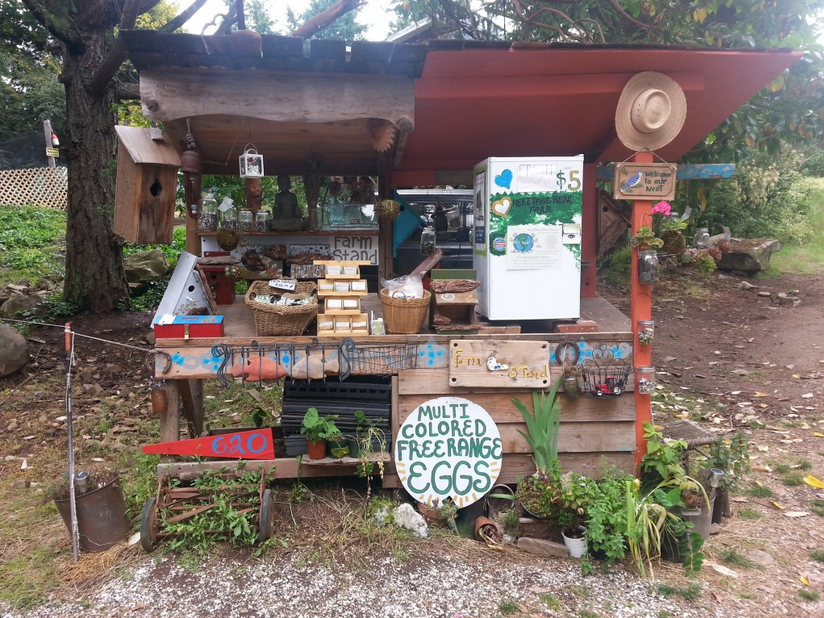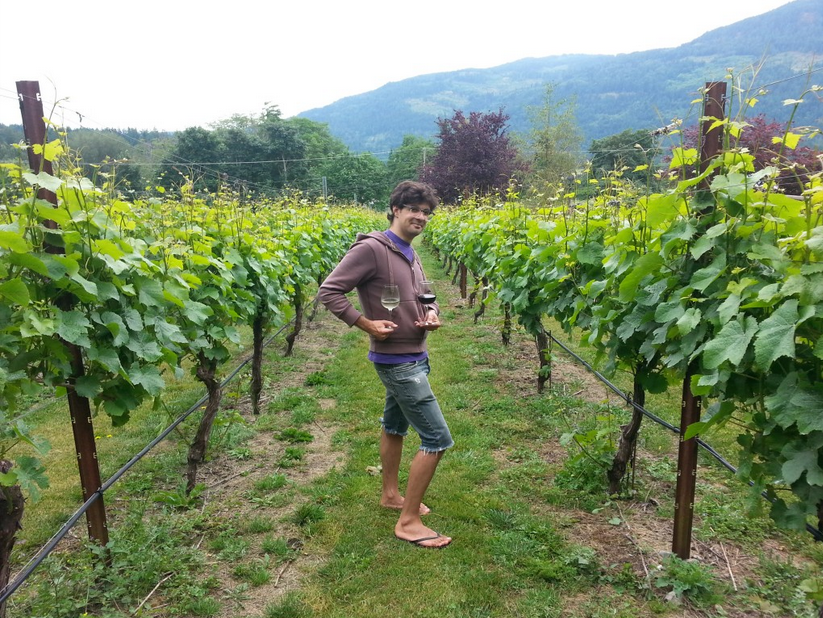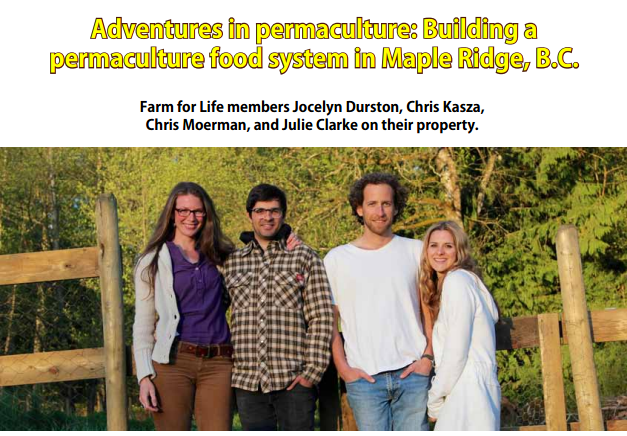Whew. The HEAT has arrived. With a vengeance.
I’m feeling sort of relieved that our tomato, pepper and eggplants will get the heat that they need to flower and ripen, and that our zucchini, winter squash, and experimental melons will (hopefully) now burst forth with obvious growth. However, I’m also feeling HOT. So hot that I’m hiding away inside, away from the sun and it’s glorious heat, to cool down and put something on this much-neglected blog.
So while I’m here, a quick update:
- The garden is doing pretty great! Leafy greens, peas, and broad beans are busting out everywhere and our onions and garlic are getting plump and nearing their harvest time. Everything else is chugging right along and looking healthy. Including the weeds. C’est la vie.
- We love everyone who comes by our market booth every saturday – whether it’s just to say hello or to purchase some produce. Thank you for your continuous support!
- Chris and I took a holiday. To Salt Spring Island. For three days with nothing but our bikes, backpacks and tents. It rained and we rode up way more hills than we were expecting, but we still had a great time exploring the island and wasting away the hours at local vineyards (we even ran into our Maple Ridge friends Kim and Rob there – total fluke, totally awesome).
- I’m officially into preserving food. I’m loving spending time in the kitchen, making use of excess garden treats. Most recently, Chris and I pickled 5 jars of garlic scapes. SO FUN. Can’t wait to try them. Official count: filled mason jars: something like 10, empty mason jars: something like 200. Our cupboards are slowly but surely transforming!
- We ate our first garden tomato today! A beautiful, sun-warmed, golden, Gold Nugget tomato. It tasted glorious.
That’s it for now. I’ll try to be better with my updates. I’m having a lot of fun seeking out a healthy balance of work and play in the garden this year. It’s been good. There’s a lot to celebrate and I should do more of it on this website.
xo

Mid-salad-green harvest shot. Planning to do a blog post with full-on shots of all of our garden beds so that everyone can get a better sense of what our farm looks like. PS – the weeds say hi.

And, in case anyone was wondering if Chris M and Julie still live on the farm, they do! We just barely ever see them because we all have totally opposite schedules. However, here’s proof that Julie is still very much on the farm (and still very much enjoys drinking wine when our schedules do happen to sync up).





